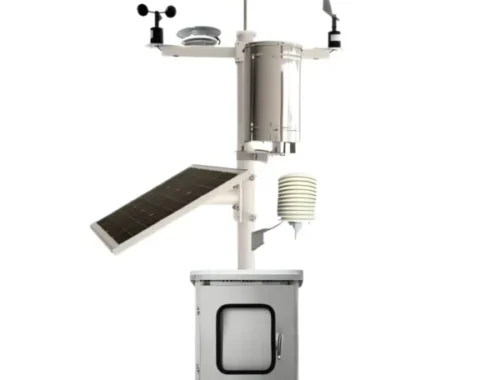Witness of change
A decade after the Wuhan-Guangzhou high-speed corridor started to function, a leading engineer recalls the journey, Zhao Ruixue and Liu Kun report.
Xu Keliang is a man of medium height and tanned skin and wears glasses like many others in China. His work as a leading designer of the country’s most complex high-speed corridor distinguishes him.
Sitting in his office in Wuhan, Central China’s Hubei province, the engineer says he has taken on challenges at work, without a thought of ever giving up.
“Building a high-speed railway in China was my dream. And no matter how hard it got, I knew it would be my life’s pursuit,” Xu, 58, says.
His dream turned into reality by the end of 2009, when the high-speed railway connecting Wuhan and Guangzhou, South China’s Guangdong province, was put into service. The Wu-Guang (Wuhan-Guangzhou) line stretching 1,068.6 kilometers over plains and hills, saw trains running at 350 kph, which cut travel time between the two provincial capitals by more than six hours.
You May Also Like

Essential Pool Supplies for a Perfect Swimming Experience
March 18, 2025
Automatic Weather Station: A Comprehensive Overview
March 14, 2025